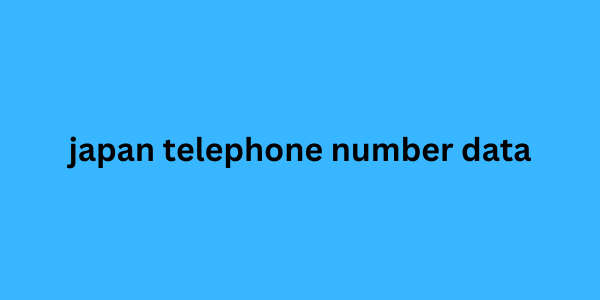A definition to delimit the field well
When we talk about inbound marketing, we are not referring to a monolithic, static and unidirectional entity. Rather, it is a set of tactics, expressed through different tools, with which – contrary to what was done with so-called traditional marketing – we try to attract the customer to what the company has to offer, arousing their interest and aiming to build a bond of mutual trust. It is no longer the time when your corporate communication objective is to go looking for customers; on the contrary, the current trend is that, through marketing, you will encourage the user to look for your company. It goes without saying, therefore, that a good strategy diametrically overturns the typical perspective of outbound marketing .
But how can we define inbound marketing in a concise and effective way? We can see it as the set of strategies that you need to be found, thanks to your content and the solidity of your corporate image, right japan telephone number data where customers go looking for you. Your market objectives and the tools you intend to use to achieve them must therefore be perfectly aligned for your communication activity to be successful.
Targets to Hit to Get More Customers with Inbound Marketing
As trivial as it may be, the first goal you need to set when planning an inbound strategy is to ensure visibility and interest from users. You need to build your online presence so that it is easy for customers to point to your content and get the answers they are looking for. Position yourself well in search engines and exploit the potential of social platforms to expand your audience and gain greater consideration.
If you are trying to get more customers, the goal of increasing the number of conversions is almost tautological: then use inbound marketing techniques by focusing on the quality of your messages and always remembering that anyone who comes to your site looking for information has already implicitly shown an interest in what you offer. Effective CTAs and good lead nurturing activity are decisive tools at your disposal.
The process that regulates inbound dynamics already directs your efforts towards a precise quantification of the results you can obtain and, consequently, to their maximization. Working mainly on digital, you have at your disposal a myriad of tools and devices for the analysis, monitoring and automation of data and content that can give you concrete help in defining a winning strategy.

This last reflection brings with it a complementary one: not only can you get more customers with inbound marketing but, compared to outbound techniques , you can optimize time and costs much more easily, given that the focus of your business is no longer on hunting for customers but rather on ensuring that they are attracted to what you offer.
You shouldn't neglect existing customers either, as they can actually represent one of the most important resources within an inbound tactic . Building customer loyalty is ultimately a way to make those who buy your products or use your services happier and more satisfied: communicating and sharing purchasing/selling experiences, working on special offers and promotions, and involving users in brand initiatives are all elements that create involvement and identification and can open the way, through the direct voice of the customer, to new contacts and opportunities.
